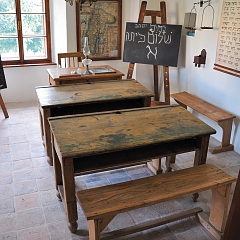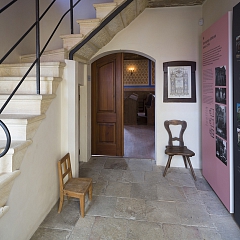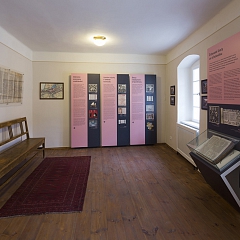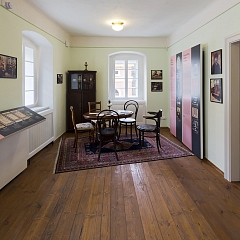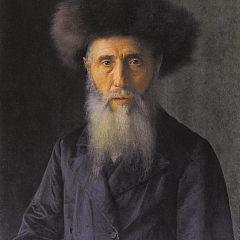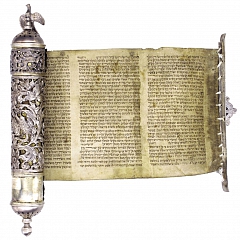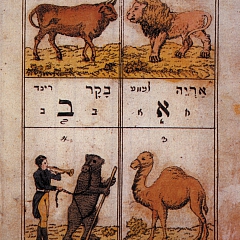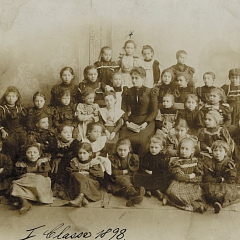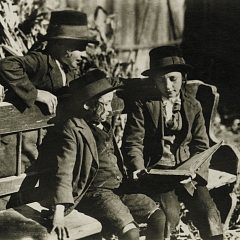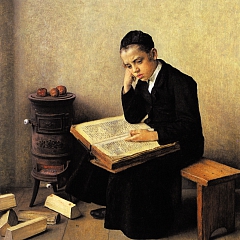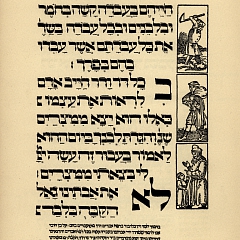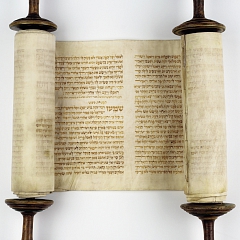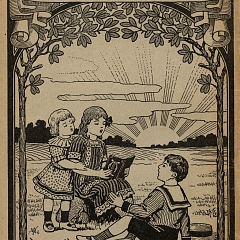
-
Úštěk
The rabbinical house and the permanent exhibition “Jewish Schools in the Czech Lands”
In the unconventional spaces of the Jewish school and the teacher’s quarters, visitors today can see an exhibition of what the Jewish school may have looked like in the middle of the 19th century. Nevertheless, the main task of the “Revitalization of Jewish Monuments” project in Úštěk was the complete renovation of the rabbinical house opposite the synagogue, which was performed in the years 2010–2014. This old Jewish building (house no. IV) was acquired by the Jewish community in 1870, which renovated it and used the first floor for the rabbi’s quarters and a Jewish school. Today, the building’s ground floor is home to an exhibition on the history of Úštěk’s Jewish community, while the former rabbi’s quarters on the first floor feature an exhibition on the history and nature of Jewish schools in the Czech lands. Total expenditures on the revitalization project amount to CZK 21,679,000. Jewish schools are a unique cultural phenomenon. The importance of education is emphasized in many passages of the Bible and the Talmud (e.g., in the Pirkei Avot). Promoting traditional education was thus an important duty for each Jewish community as far back as during the Middle Ages. From age five to six, pupils attended the cheder, where they studied the basics of Hebrew, the texts of the Torah, the Mishnah, and the Jewish laws. Around age 15, boys went on to study at the yeshiva, whose main purpose is the study of the Talmud. This traditional form of Jewish schooling existed in the Czech lands until the 19th century. The exhibition also looks at Jewish education in prewar Czechoslovakia and at Jewish schools in Prague today.
